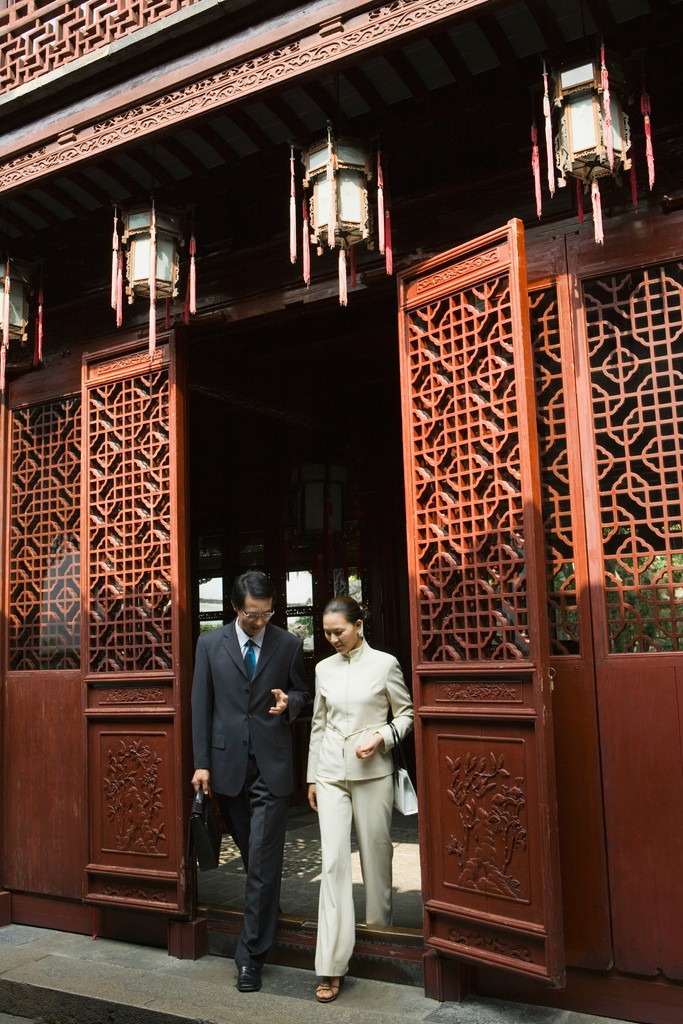
Ryan
Feb 2, 2024
China’s Legacy: Preserving Timeless Memories
China, one of the world's oldest civilized nations, holds history in high esteem. Thus, memories are presented as threads that form the complex pattern of Chinese culture and individual and regional identity.
This article will reveal the traditional methods of memory preservation in China and how Confinity can contribute to these practices today.
The Power of the Written Word: The history and family tree.
Auditing's history can be traced back to the Chinese people's Shang dynasty (1600-1046 BC).
Kings and emperors ordered the writing of annals that recorded the events that occurred during their rule, the customs of the people, and the shifts in society.
Family background and genealogy have also been given due consideration. Family registers kept and updated over the years helped maintain the memory of the ancestors, thus guaranteeing their further reverence.
The Art of Calligraphy: The Art of Cherishing Memories
Calligraphy, or the art of writing here, is one of the most profound aspects of Chinese culture.
Thus, writing poems, stories of yesteryear, and personal experiences on scrolls or paper retained information and made it artistic.
The mere process of calligraphy helped people to feel the continuity of tradition and to be linked with the previous generations of writers and keepers of memories in an aesthetically pleasing form.

Oral Traditions and Storytelling: A Tradition to Be Continued
While writing was exclusive to the aristocrats, oral culture was the primary way the lower classes kept records.
Myths, history, and family anecdotes were shared with the succeeding generations by telling them tales.
Such stories, sometimes told with the help of music and other performance indicators, acted as a cultural encyclopedia and passed on information about the nation's history and customs.
Ancestor Veneration: Recalling through practices
This cultural heritage of the Chinese is the worship of ancestors, which is an excellent part of their culture. Holidays such as Qingming Jie (Tomb Sweeping Day) and Zhong yuan Jie (Festival of Hungry Ghosts) are celebrations of the dead and the dead.
Relatives come to pay respect and bring candies, fruits, and other essentials to the tombs, also narrating the history of their relatives.
Digital Age and Memory Storage
China has joined the digital world and is one of the leaders of the digital revolution. While traditional methods of memory preservation remain important, technology offers new possibilities:
Digital Storytelling:
These include websites such as social media and video sharing, where families can share their knowledge and experiences concerning their ancestors and past events. Thus, they reach out to many people and store the information in videos.
Family Archives in the Cloud:
It would be helpful for families to store photos, videos,eos, and scanned images of documents connected with family history and traditions in cloud services. This guarantees the transfer of information across geographical gaps, fostering a feeling of belonging among family members.
Virtual Reality and AI: Rewriting History
Technologies such as VR and AI can change how memory is preserved in China in the future.
With the help of virtual reality, users could visit their ancestors' homes or historical places, thus feeling closer to history.
It can be applied to analyze and give meaning to historical books and writings, thus giving new meanings to past occurrences and characters.

Confinity: A Link between Convention and Creativity
Confinity appreciates the different methods of preserving memory in China. Our platform offers a secure and user-friendly way to complement existing practices:
Create a Digital Family Tree:
Thus, families can post photos, documents, record voice messages, and other materials to build a detailed family tree and share the history of their ancestors with later generations.
Organize and Annotate Memories:
Confinity enables users to include captions, dates, and geographical locations in memories, which will help everyone better understand past events.
Share Memories Securely:
Confinity's platform is secure, enabling families to share joy and happiness with their family members. Despite the distance between them, it gives them the feeling of being in one community.
Conclusion
Thus, China has brilliantly combined the traditional way of remembering with new technologies and methods.
Even though rituals and stories preserve traditions, Confinity is linked to the future.
Thus, by combining the physical and the digital, Chinese families can ensure that they will still be able to pass on their precious memories to the following generations.
Choose Confinity to help you save the Chinese community's memories, culture, and history.
